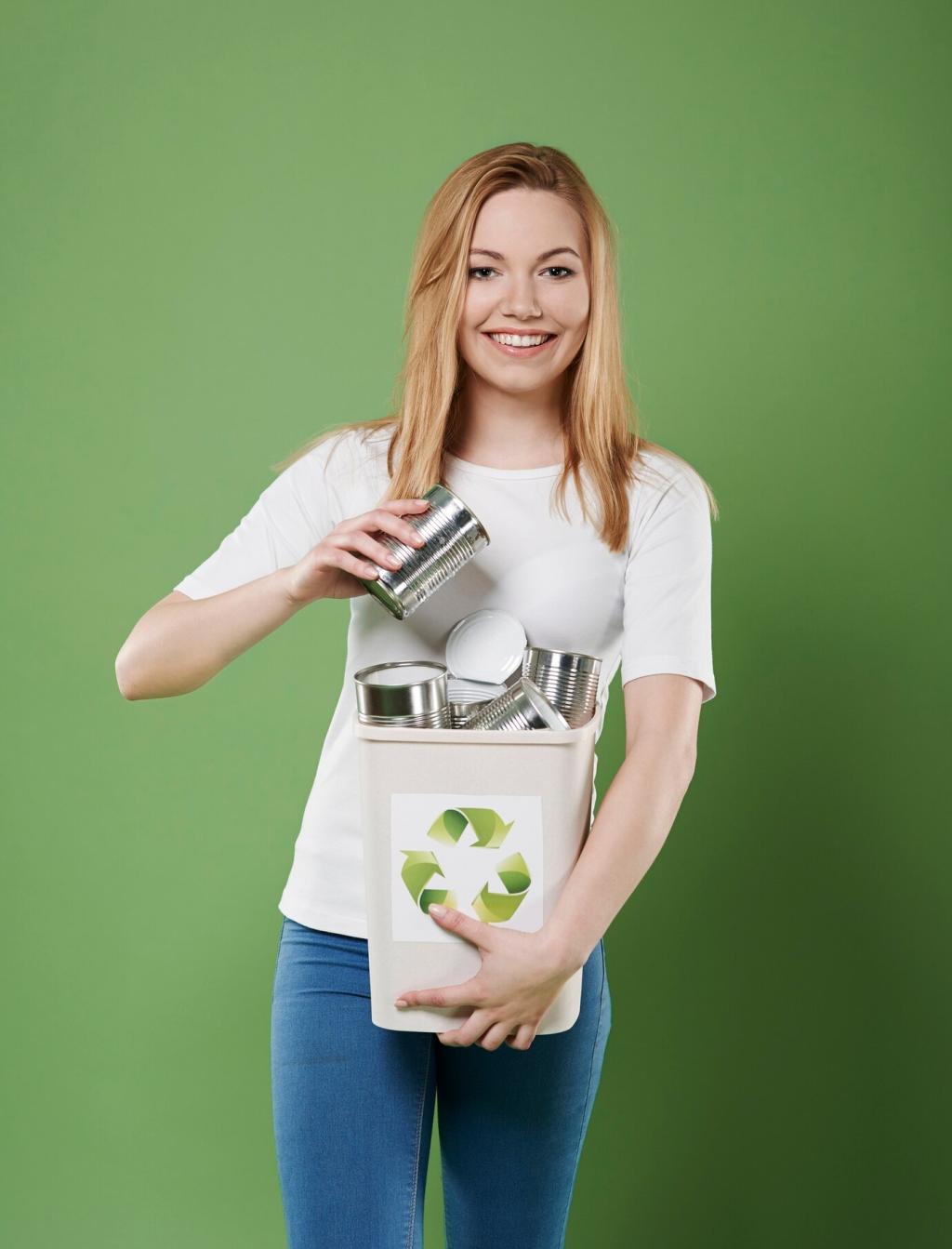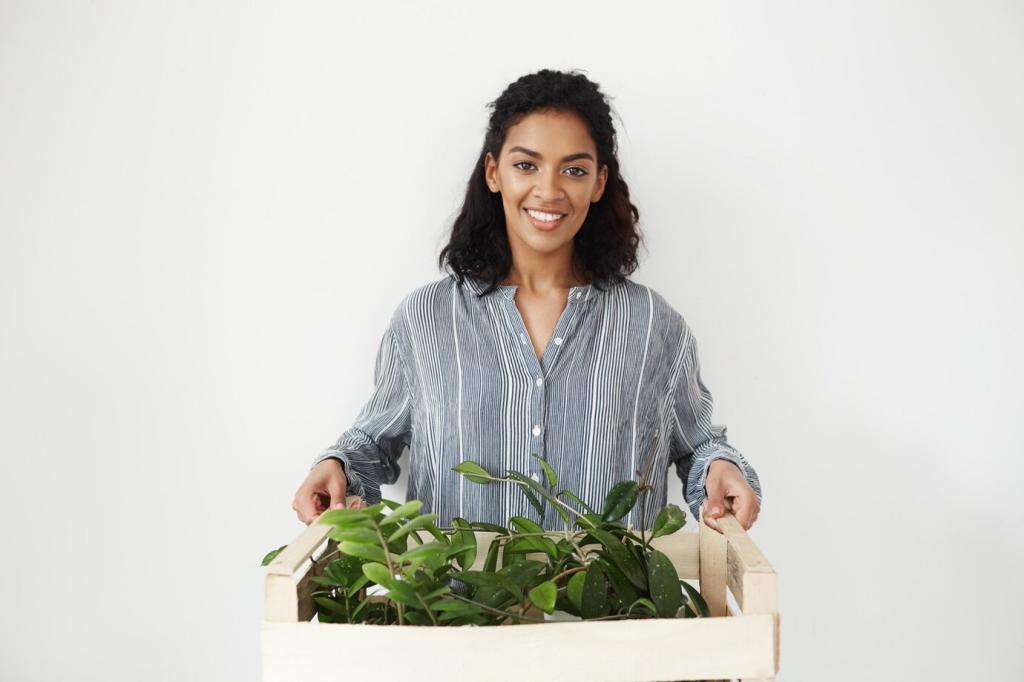DIY Organic Upholstery Cleaners: Fresh, Safe, and Effective at Home
Chosen theme: DIY Organic Upholstery Cleaners. Welcome to a cozy corner of practical, planet-friendly care for the furniture you love. Learn gentle methods, mix simple formulas, and join our community by sharing your wins, questions, and tips. Subscribe for new recipes, seasonal checklists, and fabric-safe guidance.
Why Organic Cleaning Matters for Your Sofa
Conventional cleaners can leave behind synthetic fragrances and residues that linger in cushions and recirculate through your living space. DIY organic upholstery cleaners rely on simple, familiar ingredients, reducing irritants, minimizing VOCs, and supporting cleaner indoor air while still lifting grime, neutralizing odors, and respecting sensitive noses at home.
The Core Pantry Kit: Simple, Natural, Proven
Standard 5% distilled white vinegar helps neutralize odors and dissolve light mineral residues without heavy perfumes. Dilute with water for gentle fabric sprays, avoid direct use on natural stone nearby, and never apply to silk or leather. Tell us how you adjust dilution for delicate weaves, and share your favorite spray-bottle sizes.
Stain-Specific Recipes You Can Mix in Minutes
Blot immediately with a dry cloth. Mix one cup lukewarm water, one tablespoon white vinegar, and a half teaspoon castile soap. Dab gently, working from the outside inward to prevent spreading. Blot with clean water, then a dry towel. Share your results and drying time so readers can compare outcomes across different fabric blends.
Stain-Specific Recipes You Can Mix in Minutes
Sprinkle baking soda over the spot to absorb oils for fifteen minutes, then vacuum. Follow with a light solution of warm water and a few drops of castile soap. Blot, never rub, to avoid fiber distortion. Finish with a clean-water rinse blot. Comment with your before-and-after strategy, including brush choice and number of passes.

Protecting Fabrics: Testing, Ratios, and Smart Drying
Look for codes like W, S, WS, or X to guide your approach. W means water-based solutions are generally safe; S calls for solvent-based methods only; WS allows both cautiously; X means vacuum only. If the tag is missing, patch test and proceed conservatively. Share your tag decoding stories to help others avoid avoidable mishaps.
Choose a hidden corner, apply your diluted cleaner, and allow to fully dry. Check for color bleed, texture change, or rings after twenty-four hours. Document the ratio you used and the fabric description. Encourage others by posting your test photos and notes, building a living library of safe, reliable DIY organic upholstery cleaners.
Use barely damp, not wet, cloths and work evenly across seams and panels to prevent tide marks. After cleaning, blot with dry microfiber, increase airflow, and avoid direct heat. A fan on low helps even drying. Comment with your drying timeline and room conditions so readers can calibrate expectations for their climate and fabric.
Tools and Techniques that Elevate Results
DIY Spray Bottles and Fine Mists
Choose bottles that deliver a consistent, fine mist to prevent overwetting. Label each bottle with ingredient ratios and date mixed. Keep vinegar solutions separate from baking soda disinfecting sessions to avoid clogging. Share your favorite nozzle types, bottle materials, and labeling systems to help our community stay organized and effective.
Soft-Bristle Brushes and Microfiber Towels
Soft brushes lift soil without scuffing fibers; microfiber traps particles and speeds drying. Always work gently in circular motions, then finish with straight strokes to align nap. Post a quick review of your preferred brush stiffness and towel weave, and tell readers how you store clean towels to prevent cross-contamination between rooms.
Airflow, Sunlight, and Quiet Patience
Open windows, set a fan to low, and resist the urge to rush drying with high heat. Indirect sunlight helps with odors, but avoid prolonged exposure on dyed fabrics. Patience preserves shape and color. Comment with your climate tricks—humid, coastal, or alpine—so others can adapt their DIY organic upholstery cleaners for local conditions.
Real-Life Wins: Stories, Lessons, and Your Turn
A reader found a mid-century chair that smelled like an attic. Two rounds of baking soda, a vinegar-mist refresh, and patient airflow turned musty into airy. The fabric kept its texture, and the wood shined after a careful wipe. Share your own rescue story and the exact ratios you trusted for the final pass.
Real-Life Wins: Stories, Lessons, and Your Turn
A toppled popcorn bowl left a dark blotch on a chenille sofa. Baking soda absorbed the grease, then a mild castile solution gently released the remaining shadow. A careful rinse blot and overnight drying finished the job. Tell us which tools you used and how many applications it took to reach a satisfying, soft finish.


Join our mailing list
